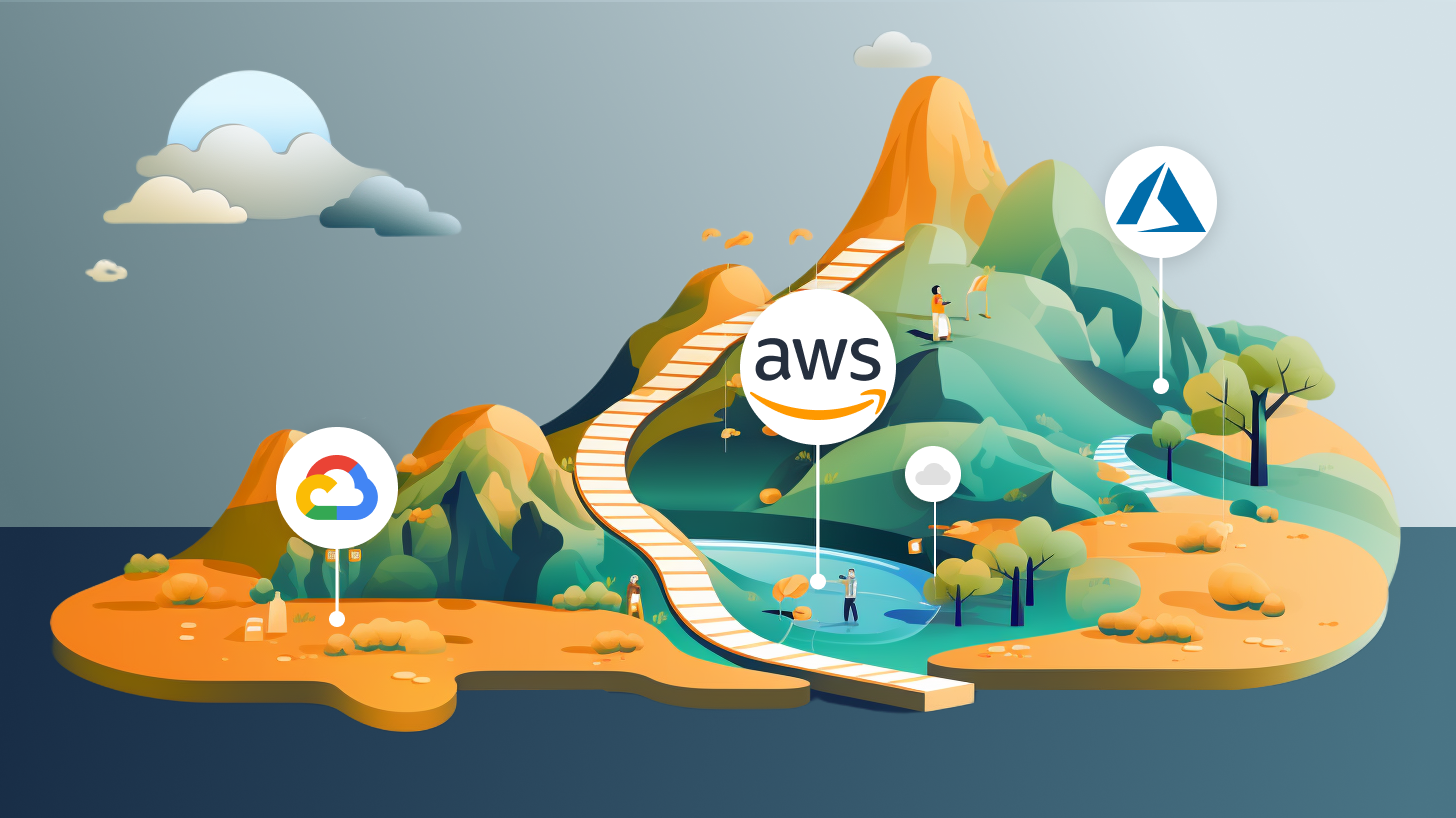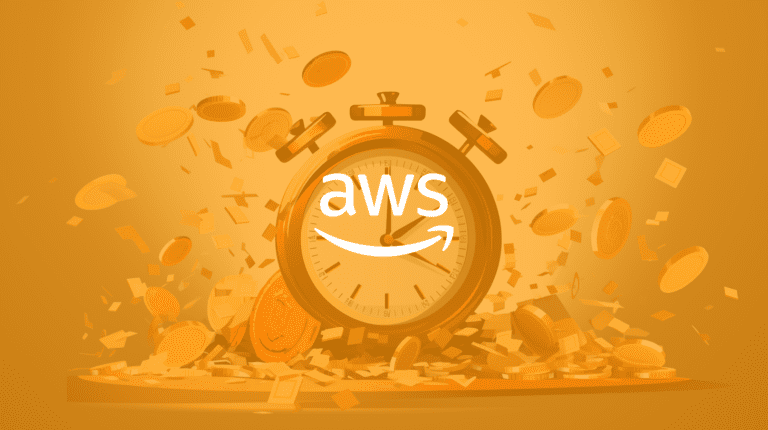The FinOps Roadmap: A Step-by-Step Guide to Getting Started
Navigating the maze of cloud costs and resources can be a complex undertaking. While cloud computing offers unprecedented scalability and flexibility, it also comes with financial challenges. That’s where FinOps comes into play. A FinOps roadmap provides a structured approach to establishing a practice within your organization and showing real Return on Investment (ROI) and business value from your cloud investments.
Understanding FinOps: The Fundamentals
What is FinOps?
At its core, FinOps is a set of best practices that bridge the gap between finance, operations, and engineering within an organization. It allows for a more holistic approach to cloud cost and financial management. FinOps isn’t just a set of tools; it’s a culture change to align cloud financial accountability across the organization. Read more: The future of cloud cost management.
Why You Need a FinOps Roadmap?
Creating a FinOps roadmap offers a strategic framework that navigates the complex journey of cloud cost management. The roadmap provides detailed insights and actionable steps directly contributing to achieving financial accountability, cost optimization, and cloud utilization. This helps not only in the adoption phase of FinOps, but also in maturing the practice throughout your organization.
Step 1: Assemble Your FinOps Team
Why Cross-Functional Teams are Crucial
The FinOps framework heavily advocates for cross-functional teams. This assembly involves representatives from engineering teams, financial teams, and business operations. Having multiple departments represented ensures that all perspectives on cloud costs and usage are considered, leading to a more holistic cloud financial management strategy.
Management loves to see results, so start with a small, super-capable team to validate and prove that FinOps is an excellent addition to managing and optimizing your organization’s cloud spending. They don’t have to work full-time on this initiative. That doesn’t happen until much later in the process.
Roles Within an Initial FinOps Team
- Engineering: They will understand the current and future state of the infrastructure and manage cloud workloads. The engineering teams can help navigate which resources are easy to optimize and which will require more work. This will be the most critical role in the initial FinOps team.
- Financial Teams: They delve deeper than just budgeting and forecasting. Their role also encompasses tracking variable spending models and running cost-benefit analyses. The finance person on the team will be able to request budgets for savings plans and bring the cloud providers to the negotiating table.
Out of the personas of the FinOps foundation, these two are the key members needed in the first phase. Later, you will build bigger, cross-functional teams that will collaborate.
Step 2: Conduct an Initial Cloud Spend Assessment
Initially, we are trying to target your cloud bill’s biggest spend line items. Identifying and actioning cost-saving opportunities will be the most important part of your story so you can pitch a wider FinOps adoption within your organization.
How to Analyze Cloud Expenditure
The cornerstone of effective cloud financial management lies in an exhaustive analysis of where the dollars are going. This step involves auditing your cloud resources, services, and spending patterns. Understanding your cloud spending will highlight areas for cost savings and potential optimization.
Tools for Addressing Cloud Costs
Cloud providers such as AWS, Microsoft Azure, and Google Cloud Platform offer native tools for tracking expenses. It is best to start there. They are free tools and provide a good enough starting point to identify the top cloud cost-saving opportunities.
Step 3: Implement Standard FinOps Practices
Following FinOps Principles
FinOps principles serve as the compass for implementing best practices. These principles include proactive monitoring of cloud resources, introducing accountability for cloud usage, and adopting a culture of continuous optimization.
Toolkit for FinOps Implementation
Many tools can help you on your FinOps journey. These range from open source software, which you must deploy and maintain, to commercial paid products to help analyze your bills.
The key to these tools is to use them to help your engineers make better decisions. It’s always better to prevent cloud costs from going onto your bill in the first place, rather than relying on bills to identify fixes. This is why we’ve built Infracost – we make FinOps Proactive by sitting directly in the engineering workflow, and every time an engineer makes a code change, we tell them the cost impact of the change and scan their code to ensure FinOps policies are followed, and all resources are tagged correctly.
Step 4: Establish Robust Financial Processes
Implementing Cost Allocation Techniques
Cost allocation is not just an accounting exercise. It’s a critical component of cloud financial management that drives accountability across various business units and departments. By correctly allocating costs, you can pinpoint inefficiencies and understand how different areas of your business contribute to cloud spend. The key to making cost allocation work is to have a good proactive tagging policy.
Advanced Cost Optimization Strategies
Beyond the basic tactics like reserved instances or shutting down idle resources, consider employing complex strategies like heat mapping usage patterns to allocate resources more efficiently. There are many other advanced optimization strategies, but these will require architects, engineers, and finance to work together.
Step 5: Continuous Measurement and Optimization
Key Performance Indicators (KPIs)
In a well-run FinOps practice, regularly tracking KPIs such as cost savings, cloud waste reduction, and business value generated per dollar spent on cloud services is critical for ongoing success.
The Cycle of Reporting and Feedback
Feedback loops should be established between the FinOps teams and business units to maintain constant communication. Routine reporting using dashboards accessible to all relevant stakeholders fosters a culture of continuous improvement.
If you put cloud costs into people’s existing workflow (CI/CD, Jira, etc.), half the battle has already been won.
Step 6: Scale Your FinOps Practice
As your cloud deployments grow, your FinOps practices must scale accordingly. Whether dealing with multi-cloud environments or expanding your cloud workloads, having a scalable FinOps practice ensures that the variable cost model is maintained effectively.
Challenges in Scaling FinOps
Expanding your FinOps practice comes with challenges such as maintaining cost visibility at scale, ensuring robust cloud governance mechanisms, and managing the complex pricing structures introduced by a more extensive cloud footprint.
The Benefits of a Well-Implemented FinOps Roadmap
FinOps is more than just a nice-to-have. It’s essential for organizations seeking to make the most of their cloud investments. A well-implemented FinOps roadmap brings cost savings, fosters a culture of financial accountability, and drives maximum business value. Following this roadmap will enable your organization to implement a FinOps practice that aligns with its business objectives.







